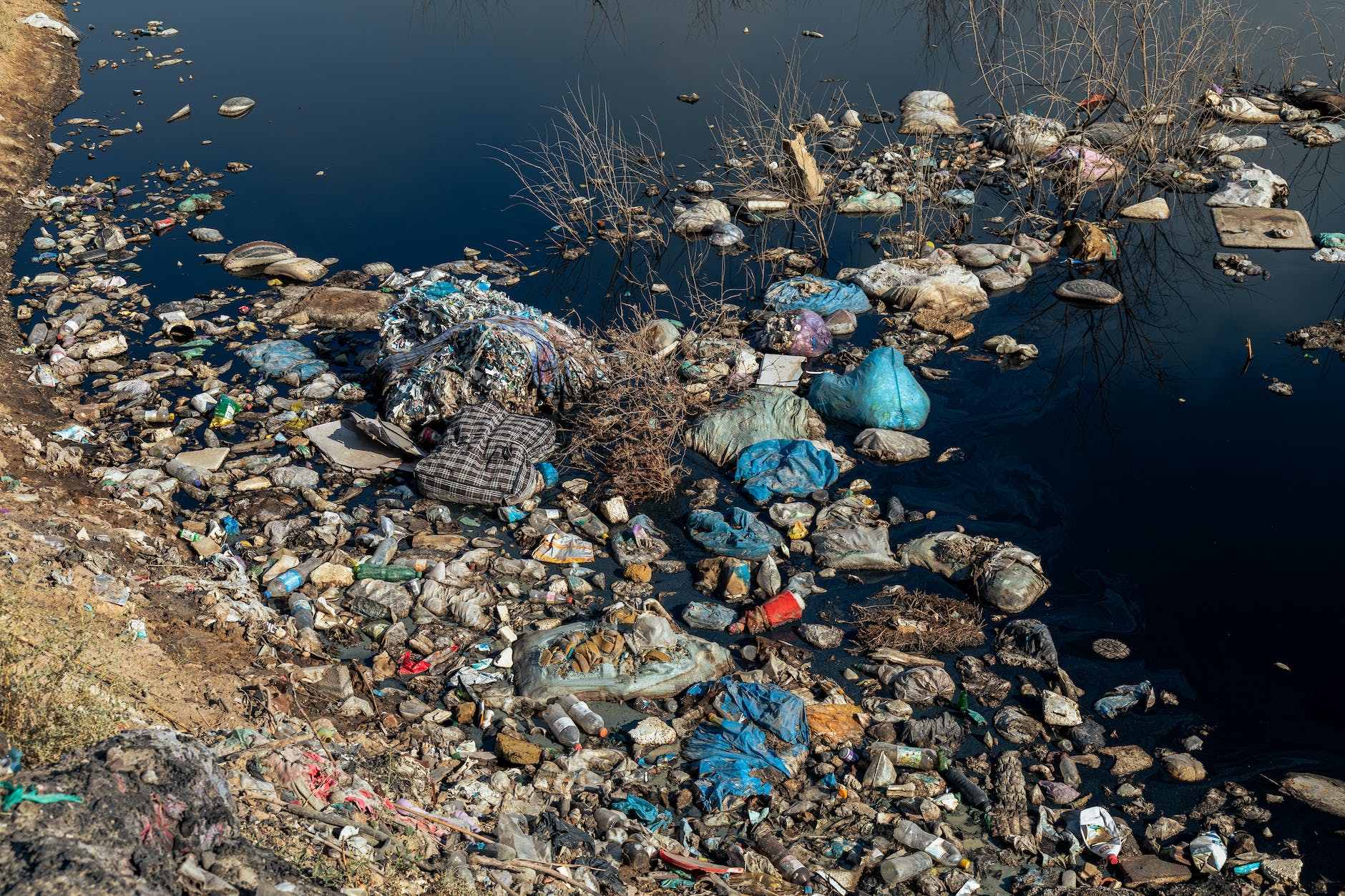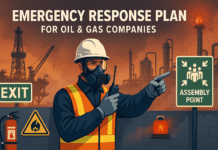
4 Types of Hazardous Waste
I. Introduction to Hazardous Waste
Hazardous waste poses significant risks to human health and the environment. Understanding its different types is crucial in managing and mitigating its adverse effects.
II. Understanding the Types of Hazardous Waste
A. Definition and Characteristics
Hazardous waste encompasses materials harmful to living organisms or the environment due to their chemical, biological, or physical properties. These substances can ignite, corrode, react violently, or pose health risks upon exposure.
B. Classification Criteria
Waste is classified as hazardous based on specific criteria, including its toxicity, ignitability, corrosiveness, and reactivity. Regulatory bodies establish thresholds and guidelines to identify such materials.
III. Types of Hazardous Waste
A. Biomedical Waste
Biomedical waste includes materials generated during healthcare activities, such as blood-soaked bandages, discarded needles, and pathological waste. Improper disposal can spread diseases and pose grave risks.
B. Chemical Waste
Chemical waste encompasses discarded chemicals from various sources like industries, laboratories, and households. These substances, if not handled correctly, can contaminate soil, water, and air, causing severe ecological damage.
C. Radioactive Waste
Radioactive waste originates from nuclear power plants, medical institutions, and research facilities. It emits harmful radiation and remains hazardous for extended periods, demanding specialized handling and disposal methods.
D. Electronic Waste
Electronic waste, or e-waste, comprises discarded electronic devices like computers, phones, and TVs. Improper disposal leads to the release of toxic substances, impacting both human health and the environment.
Hazardous waste can be categorized into four main types:- Ignitability: This includes substances that are flammable under certain conditions, such as gasoline, solvents, and certain types of chemicals.
- Corrosivity: Materials that can corrode or dissolve other substances, like acids and bases, fall under this category. Battery acid is a common example.
- Reactivity: These are substances that can react violently or explosively when exposed to certain conditions. For instance, some chemicals become unstable when exposed to air or water.
- Toxicity: Materials that can cause harm or death when ingested or absorbed, even in small amounts. Examples include certain pesticides, heavy metals like lead or mercury, and some medical wastes.
IV. Environmental Impact
Hazardous waste poses a grave threat to ecosystems, causing soil contamination, air pollution, and water toxicity. Its improper management results in long-term damage to biodiversity and public health.
V. Management and Disposal Methods
A. Regulatory Measures
Governments and environmental agencies enact stringent regulations to control hazardous waste generation, ensuring safe handling, storage, and transportation to authorized disposal sites.
B. Recycling and Treatment Techniques
Efficient recycling and treatment techniques mitigate the impact of hazardous waste. Processes like encapsulation, incineration, and recycling help reduce its volume and potential harm.
VI. Conclusion
Understanding and effectively managing hazardous waste are imperative to safeguarding our environment and well-being. Through proper classification, stringent regulations, and innovative disposal methods, we can mitigate its detrimental effects.
How to Write Standard Operating Procedure
7 Steps of Standard Operating Procedure
Step-by-Step Standard Operating Procedure
Standard Operating Procedure Examples
FAQs
- What makes waste hazardous? Hazardous waste exhibits properties that can be harmful to human health or the environment due to its toxicity, reactivity, ignitability, or corrosiveness.
- How does improper disposal impact the environment? Improper disposal of hazardous waste can lead to soil contamination, air and water pollution, and long-term ecological damage, affecting biodiversity and human health.
- What are the key methods for managing hazardous waste? Effective management involves strict regulatory measures, proper handling, recycling, and treatment techniques to minimize its impact.
- Why is e-waste a concern? E-waste contains toxic components like lead, mercury, and cadmium, posing significant risks to both the environment and human health if improperly disposed of.
- How can individuals contribute to reducing hazardous waste? Proper waste segregation, recycling, and responsible disposal are key actions individuals can take to minimize the generation and impact of hazardous waste.
























